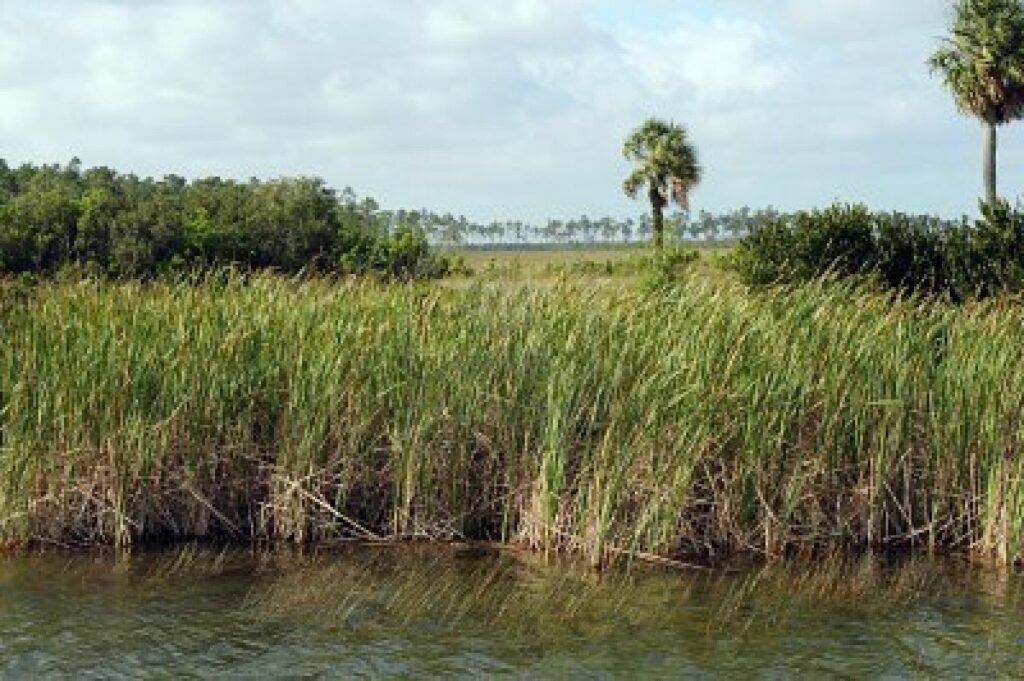The U.S. Environmental Protection Agency has approved the state of Florida’s plan to reduce nutrient levels in waters within the state.
EPA’s approval heads off a brewing legal battle in which the state asserted EPA exceeded its authority in proposing to impose an EPA-crafted plan to reduce water nutrients in the state. Environmental activist groups have launched their own legal challenge against Florida’s plan.
Numeric nutrient standards set limits on the amount of phosphorus and nitrogen allowed in bodies of water. Such standards are designed to reduce algae outbreaks and other clear-water inhibitors. Under numeric nutrient standards, no actual algae outbreak or observed environmental damage is necessary to impose economically punitive restrictions.
Activists Started Legal Battles
In 2008, Earthjustice sued EPA, seeking to force the federal agency to impose a strict set of water nutrient standards on Florida waters. In 2009, the EPA agreed to impose such a rule, creating an outcry from Florida state officials, who argued the state was in the process of crafting state-specific standards that would meet all legal requirements.
The state of Florida and various other local communities and agricultural groups filed suit against EPA, arguing the agency’s proposed restrictions were unnecessary and unlawful.
“Petitioners challenge the existing and proposed rules because, contrary to FDEP’s [Florida Department of Environmental Protection] claims, the rules are not designed to protect state waters from the adverse impacts of nutrient over-enrichment. Instead, these rules go so far as to prevent a finding of impairment due to nutrients until the waterbody is covered with nutrient-fueled toxic blue-green algae,” Earthjustice wrote in a December 1, 2011 legal petition challenging the Florida plan.
The Florida Wildlife Federation, the Sierra Club, the Environmental Confederation of Southwest Florida, St. John’s Riverkeeper, and the Conservancy of Southwest Florida have joined the Earthjustice suit.
Uncertain Legal Outcome
Florida Wildlife Federation President Manley Fuller said his organization has been involved in efforts to reduce water pollution, including excessive nutrient discharges, for 40 years.
“One of our issues with the DEP thresholds is that they are not clear limits. We are taking legal actions to help reverse declines in water quality in our state’s waterways. We believe it is in the best interests of our nature-based economy—tourism, fishing, etc.— to clean up our waters,” Fuller said.
“The fact that Florida and the U.S. EPA developed a settlement behind closed doors is itself unsettling. If the Earthjustice lawsuit succeeds, the Court will require Florida to revise its rules, giving the public a proper role in the process,” said David Schnare, director of the Environmental Law Center at the American Tradition Institute. “It will not necessarily result in the outcome Earthjustice might want, but it will reflect public input.”
State Leadership Applauded
EPA officials, despite their recent disputes with Florida state officials on the issue, are supporting Florida’s proposed water quality standards.
“The Clean Water Act envisions—and the EPA agrees—that states should have the primary role in establishing and implementing water quality standards for their waters, allowing them to innovate and respond to local water quality needs,” EPA Southeast Regional Administrator Gwendolyn Keyes Fleming wrote in the Palm Beach Post. “These standards must meet the requirements of the act, but they need not be identical to standards the EPA would adopt on its own.”
Florida Gov. Rick Scott (R) defended the plan in a Nov. 27 press statement. “We are a national leader in addressing pollution in our state’s water bodies,” he said. “We know more about our water bodies than any federal agency or other state and are in a unique position to craft a solution that recognizes and respects the needs of our diverse landscape.”
Good Stewardship Explained
“The Earthjustice petition makes the mistake of many new-age environmental activists,” Schnare observed. “It presumes environmental goals should return waters to a pre-human, pristine state. Their mistake is thinking that humans are not part of the environment, that there is such a thing as a pristine condition, and that the environment is a static, never-changing thing.”
“The good steward must balance all the uses of the land and water resources under her control…. The Florida regulations appear to provide for that,” Schnare concluded.
Alyssa Carducci ([email protected]) writes from Tampa, Florida.




